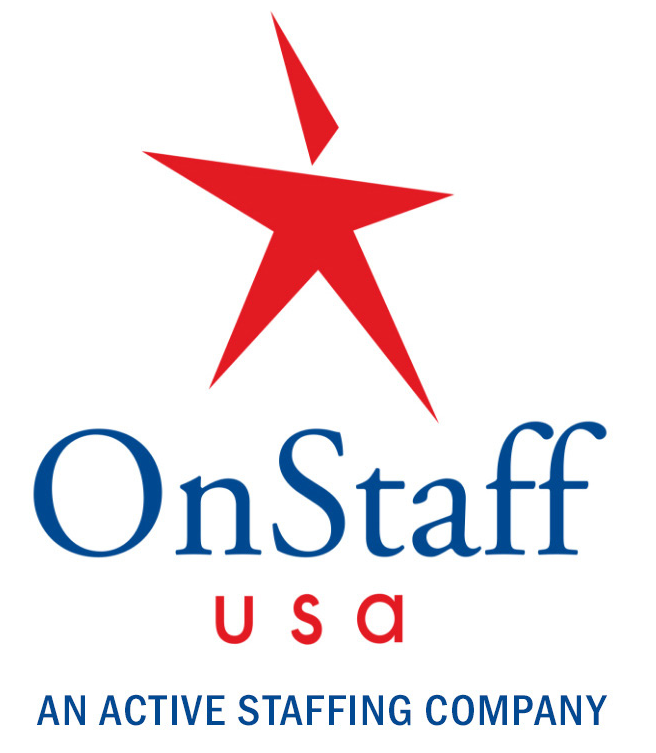Emergency Action Plan: Preparing for an Emergency Before It Happens
By Strategic Human Resources, Inc.

The best way to prepare for an emergency is before it happens. The workplace is not immune to emergencies even with the best preparations. Each day, companies across the world deal with small issues like health and safety to major incidents like natural disasters. While we can’t control the weather to stop hurricanes, tornadoes, or even wildfires, we can help mitigate and prevent some of the smaller issues from turning into larger concerns.
It’s always a best practice for a company to have a solid Emergency Action Plan (EAP). Regardless of the size, location, or industry, a company’s EAP is an important document to help employees follow best practices and guidelines when incidents occur (see strategic HR inc.’s Emergency Preparedness Toolkit). To help you get started, the Center for Disease Control (CDC) provides great checklists.
Most EAP’s cover the major incidents that can put employees or companies in jeopardy. But what about the smaller incidents that are not covered? Here is a list of minor steps companies can take to handle the small stuff before they get more serious:
-
Appoint a Safety Officer or Safety Team: Safety should be the number one priority for an organization. Having a safety team can be a great way to boost awareness of issues that are pertinent to each area of the business. The team can develop a plan to promote awareness and to perform minor checks/drills to make sure the team is on the ball.
-
Promote a Safety-First culture: Great leaders understand that their employees need to come to work every day feeling safe and secure to do their jobs. Leadership should empower a safety-first culture with “open door” and “See something. Say Something” policies. Many companies should also look into, “Stop Work Authority” policies which give any person the ability to shut down their area due to safety concerns.
-
Have the right equipment! We aren’t advising for each company to have a doomsday prepper bunker, but there are basic minimum standards such as flashlights, batteries, first aid kits, access to minimal food and water, and sanitary cleaning supplies. These supplies are not expensive, and they can help incidents remain an inconvenience and not turn into calamities.
-
Empower the team with training: It is a great idea to diversify the safety knowledge for each member of the team. Having multiple team members trained in basic medical emergency preparedness will boost the chances of success. Encourage your team to learn basic first aid skills and CPR. Many local organizations will come onsite to train your team on how and when to act in certain emergencies onsite. Some first responder organizations will even provide some training for free under the right circumstances.
-
Conduct regular inspections: Steps 1-4 will have no lasting impact on a company’s safety readiness if they are not maintained. The leadership and safety team should work in unison to ensure that these supplies are regularly checked for expiration dates and quantities. Weekly safety briefs are a great way to foster the safety culture in an organization.
